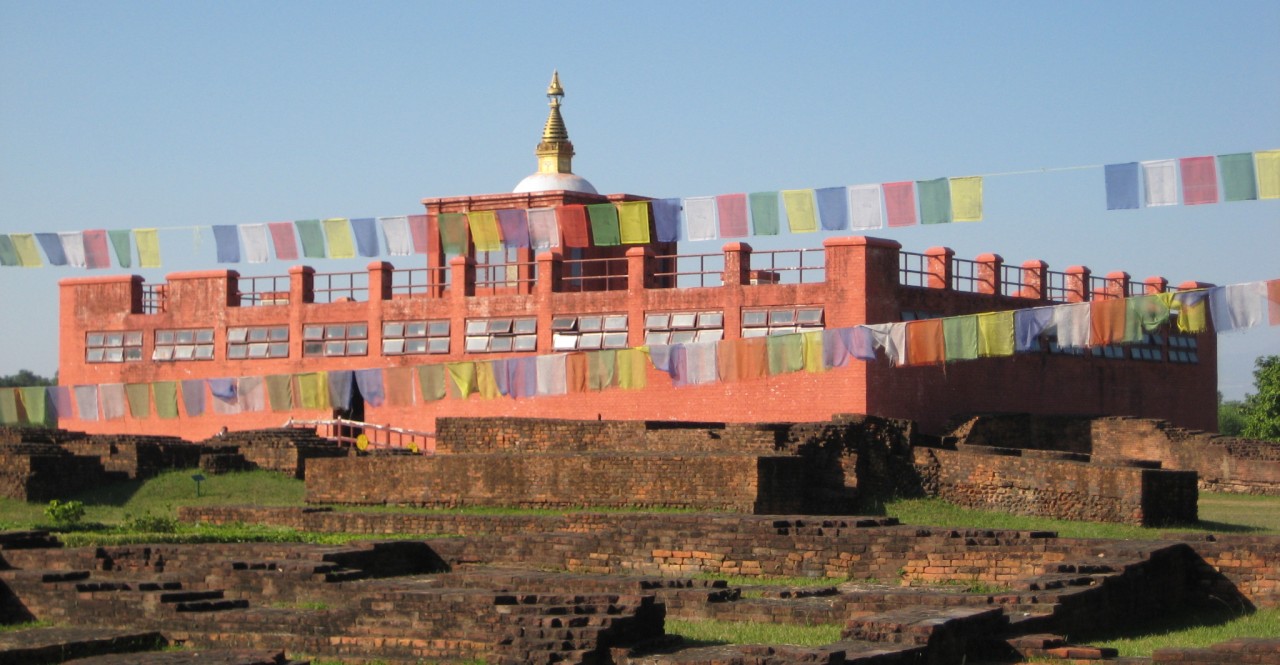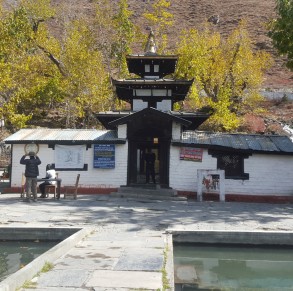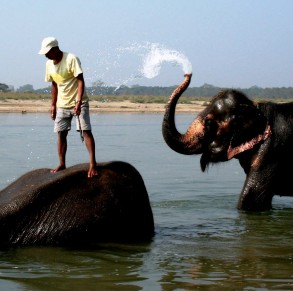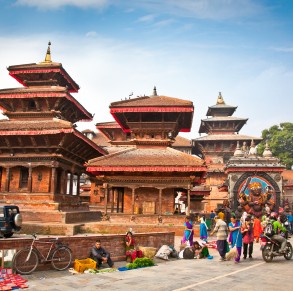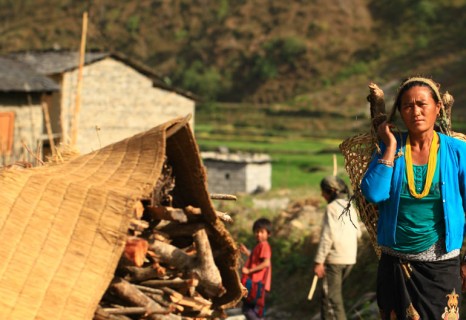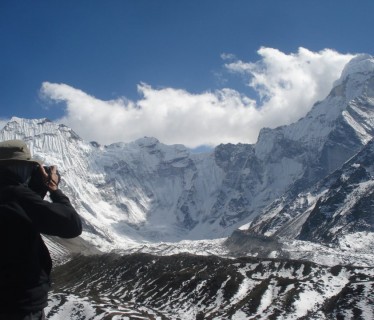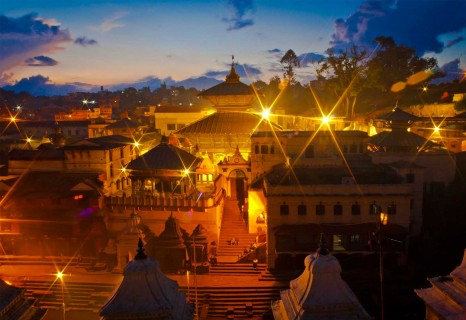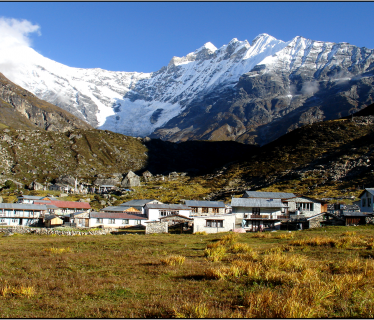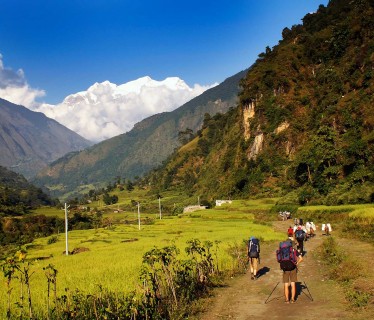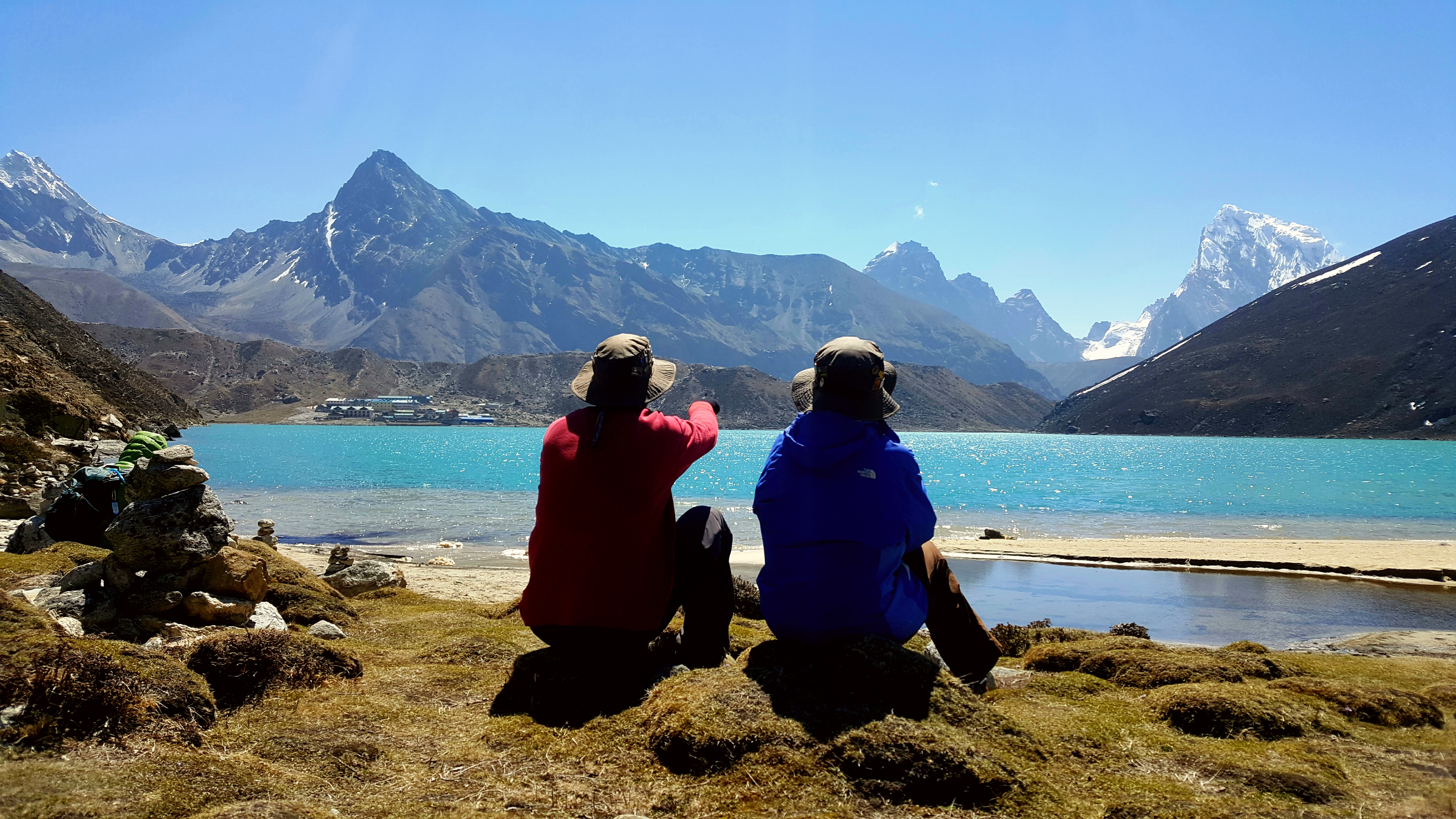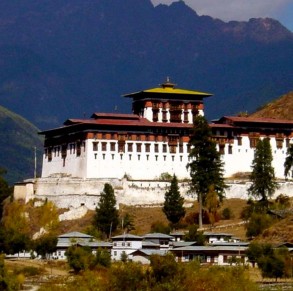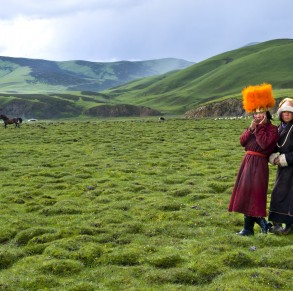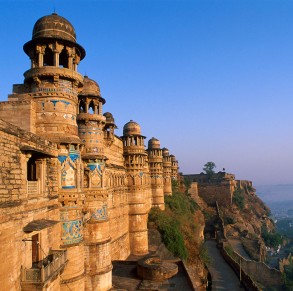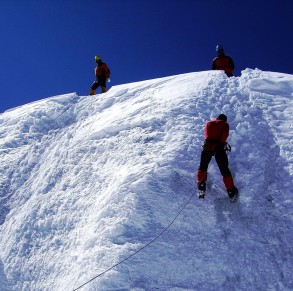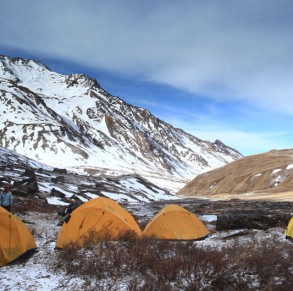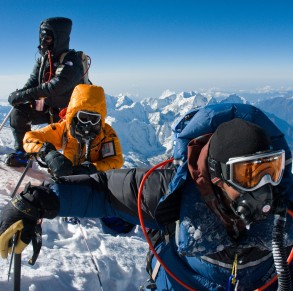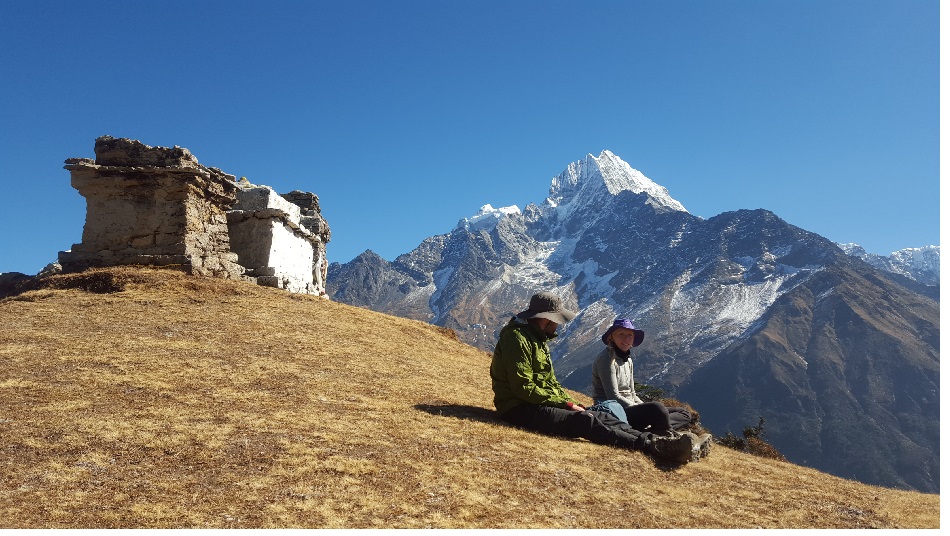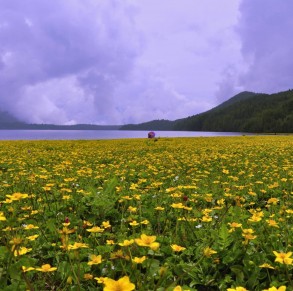Day 01: Arrive in Kathmandu
Day 02: Visit Boudhanath, Some Monasteries at Boudha & Kapan Monastery
Day 03: Visit Swoyambhunath & Drive to Pokhara
Day 04: Pokhara: World Peace Pagoda, Malepatan Gumba, Hyangja Tibetan Refugee Camp
Day 05: Drive to Lumbini
Day 06: Full Day Explore Lumbini
Day 07: Drive back to Kathmandu
Day 08: Fly Home: Farewell Friend
Day 01: Arrive in Kathmandu
Upon your arrival in the Kathmandu airport (TIA) you will be greeted by a representative from Snow Leopard Trek. After completing your custom formalities (Visa, etc) pick up your luggage and look for our representative with a Snow Leopard Trek display board at the arrival gate. You will be then transferred to hotel. After check in, you can take a rest or visit our office. Overnight at Kathmandu.
Day 02: Visit Boudhanath, Some Monasteries at Boudha & Kapan Monastery
Today we pay our visit to Boudhanath Stupa, one of the largest stupas in the world and an important Buddhist pilgrimage. The unique octagonal Mandala design with hundreds of prayer wheels and the 108 images of the Buddha set into the niches around the huge structure. The area of Boudhnath is also famous for over 50 Tibetan Gompas or monasteries, the also being known as the ‘Little Tibet’. The Kapan Monastery at Kapan Hill, a few kilometers higher north from Boudhanath is also known as Nepal Bouddhist Mahayan Centre. Kapan Monastery follows Gelug tradition of Tibetan Mahayana Buddhism under the guidance of Lama Zopa Rinpoche. There is also a nunnery nearby the main monastery, known as the Khachoe Ghakyil Ling Nunnery, home to about 400 nuns. Overnight at Kathmandu.
Day 03: Visit Swoyambhunath & Drive to Pokhara
We drive to Swoyambhu Stupa in the morning, which is one of the oldest Buddhist monuments in the world with more than 2000 years of history and also a major Buddhist pilgrimmage. According to legend, the civilization of Kathmandu Vallley itself begins with Swoyambhu, which literally means “the self-existent.” It is said that Bodhisattva Manjusri came across a beautiful lake while traveling and saw a lotus, with thousand golden petals, diamonds pistils, ruby anthers, and lapis lazuli stalk. The legend also says that the lotus seed was planted on a full moon night by Bipaswi Buddha himself. In the course of time, Santikarcarya, the king who turned into a Bhikchu or a monk, raised the first stupa on the holy site. After visiting Swayambhunath, we make a 6-hour drive to Pokhara in the afternoon to pay our visit to some Buddhist sites there. Overnight at Pokhara.
Day 04: Pokhara: World Peace Pagoda, Malepatan Gumba, Hyangja Tibetan Refugee Camp
Today we visit some Buddhist landmarks in Pokhara and also enjoy the nature’s majesty. The massive Buddhist stupa of World Peace Pagoda was constructed by Buddhist monks from the Japanese Nipponzan Myohji organisation on a narrow ridge high above Phewa Tal. Besides being a cultural monument, the site is also famous for the panoramic view it offers of the Pokhara Valley. We cross the Phewa Lake on a boat and then hike to the Stupa. Then we will visit the Malepatan Gomba or monastery at Malepatan. Then we make another hike to Hyangja, the site for Tibetan refugee camp who fled Tibet after the Cultural Revolution in China. You may try the Tibetan variety of foods, bargain for curios, and at the same time acquaint yourself with the Tibetan culture. There is the Tashi Palkhiel monastery in the tradition of Karma Kagyu tradition. Overnight at Pokhara.
Day 05: Drive to Lumbini
We drive to Lumbini today – about 290 kilometers south-west from Pokhara which takes for about 6-7 hours. We bid goodbye to the Himalayas in Pokhara, and head toward a more flat lands of Nepal’s Terai. Generally, the weather gets hot and humid in the plains except in the winter. Perhaps, Lumbini is the most important Buddhist pilgrimage site – the place where Buddha was born. In case we reach Lumbini around the sunset time, we can stroll in the local market to have a glimpse into the local lifestyle. Overnight at Lumbini.
Day 06: Full Day Explore Lumbini
Lumbini is one of world’s major religious, architectural, and historical places. We devote today’s time in visiting as many places and sites in Lumbini as possible. The place is really a big area with monuments, temples, and ancients sites making it a UNESCO World Heritage Site. First we visit the Mayadevi temple which is built on the exact place where Buddha was born. We spend some time wandering around the gardens. We also visit the museum and peace pagoda. Some of the important landmarks and monuments in Lumbini include: Ashoka’s Pillar erected by Emperor Ashoka (249 BC) on the spot of Buddha’s birth which also has the oldest inscription in Nepal. There are many Buddhist Temples founded by the devotees from different countries: Tibetan, Chinese, Japanese and Burmese, Korean, etc. Overnight at Lumbini.
Day 07: Drive back to Kathmandu
We are nearing the end of our Buddhist Cultural Tour. We head back toward Kathmandu today – about 300 kilometers journey into the winding mountain road. The journey would take for about 6-7 hours. Upon arrival in Kathmandu, you will be transferred to your hotel. There is nothing to do but trade emails with travel companions and organize the photos.Overnight at Kathmandu.
Day 08: Fly Home: Farewell Friend
Your Buddhist Cultural Tour in Nepal concludes today. We hope you enjoyed the tour with us, and are sure you will be back in your trip somewhere in the Himalaya again. Approximately 3 hours before your scheduled flight a representative from Snow Leopard Trek will transfer you to the airport. On your way home you’ll have plenty of time to plan your next adventure in the wonderful country of Nepal.


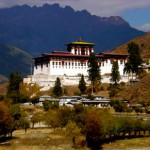
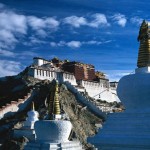
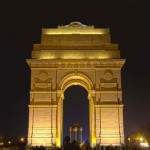

 English
English